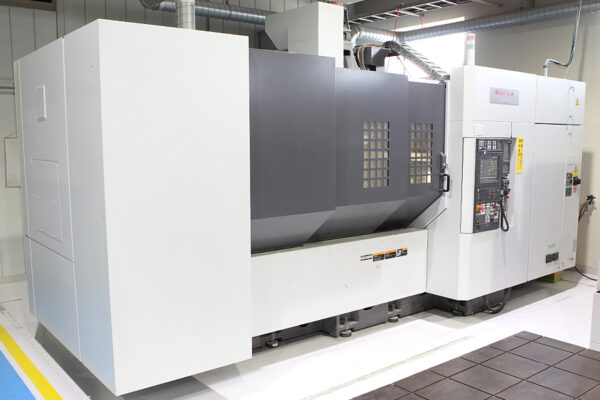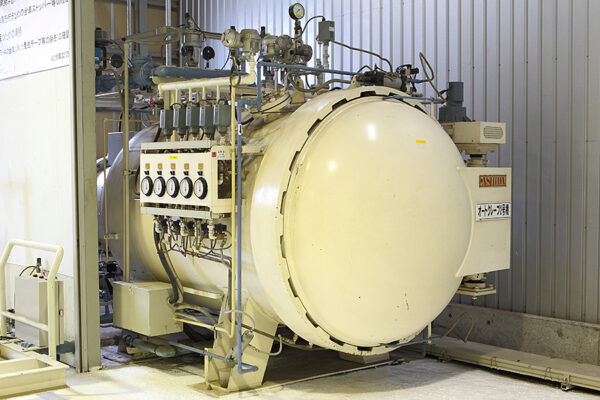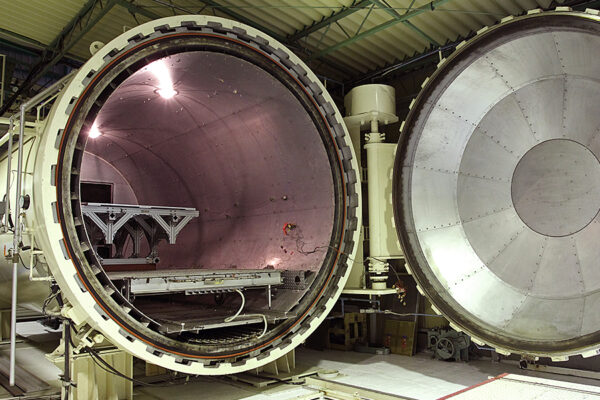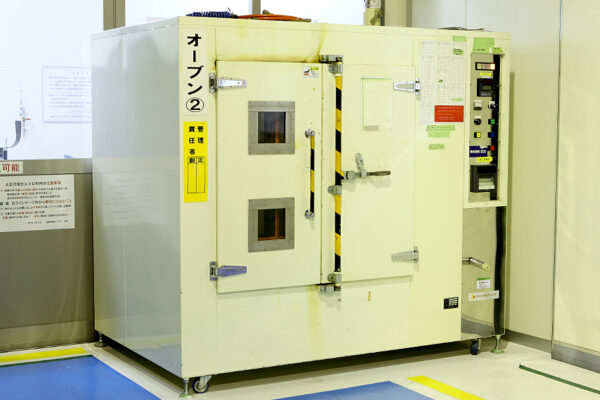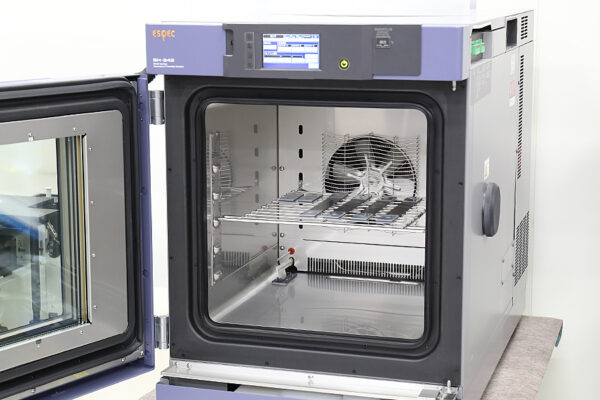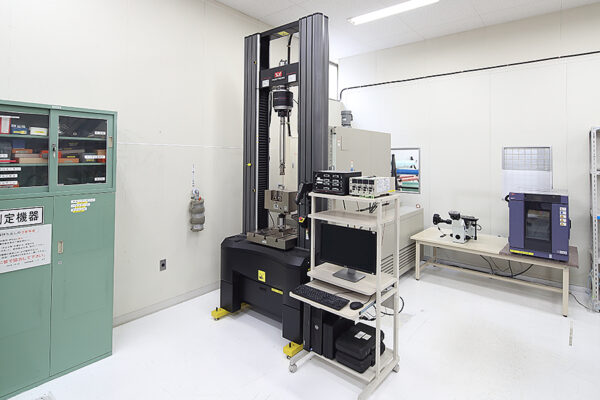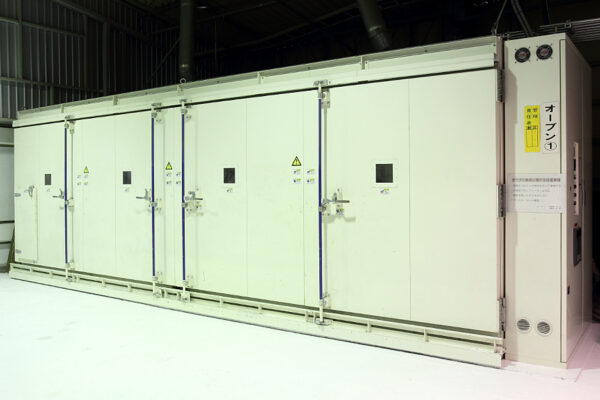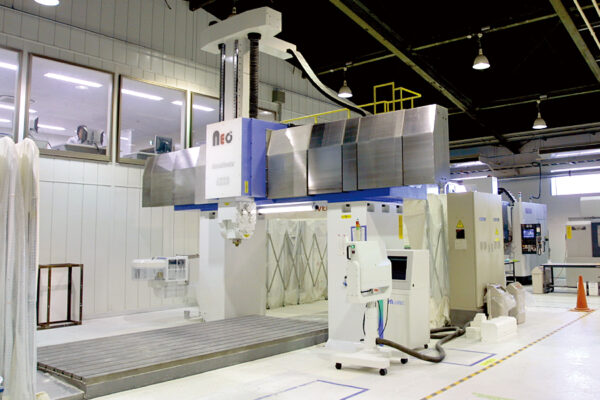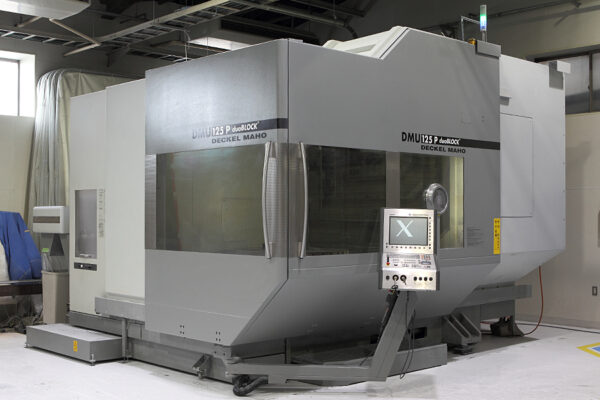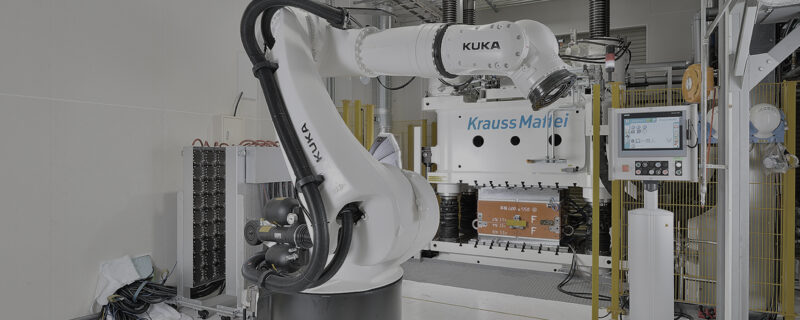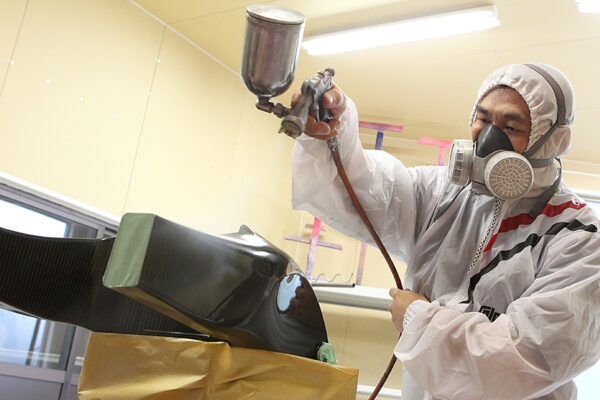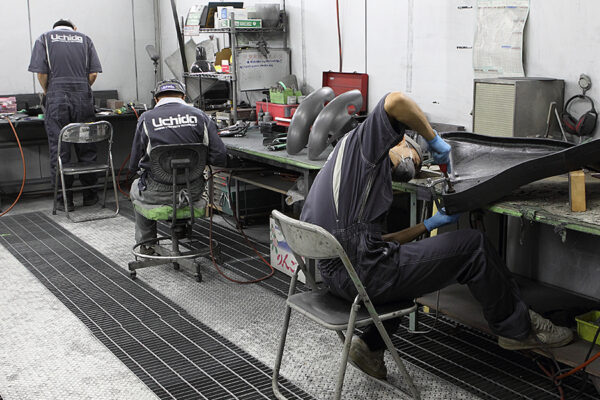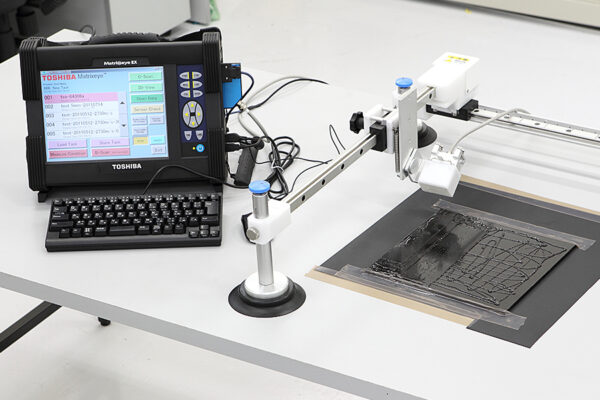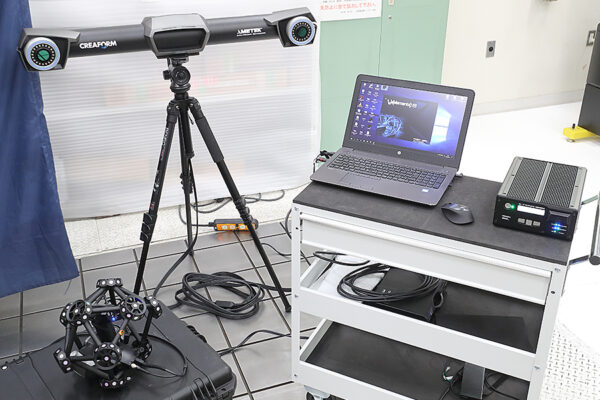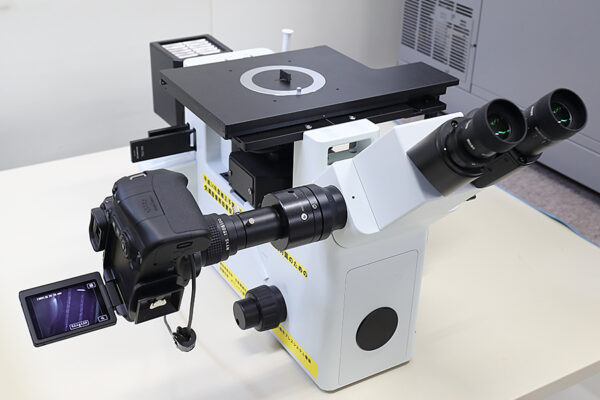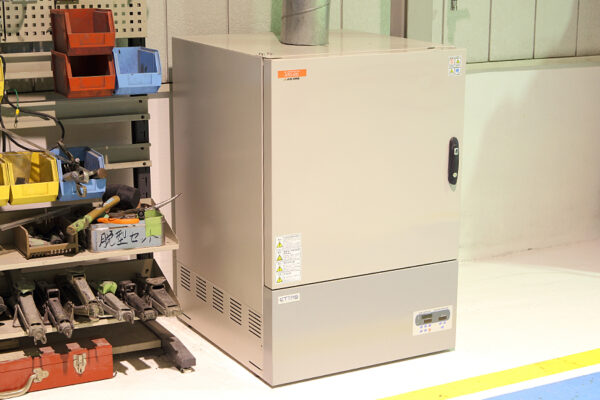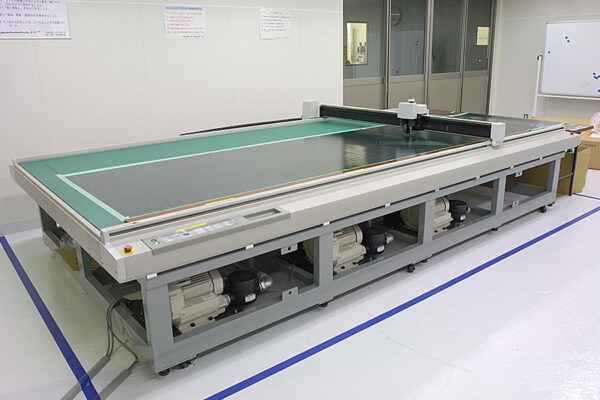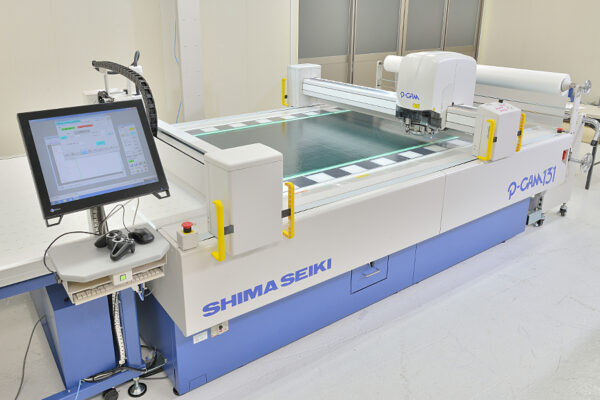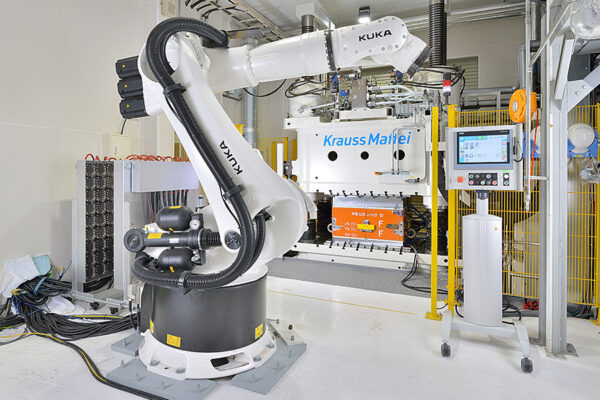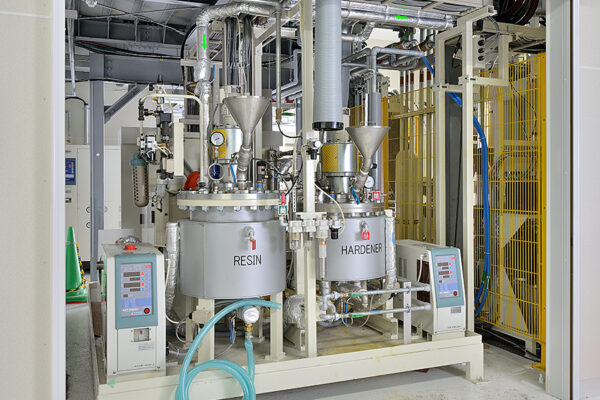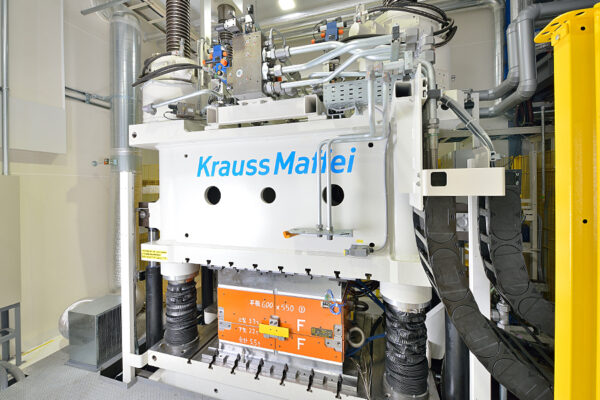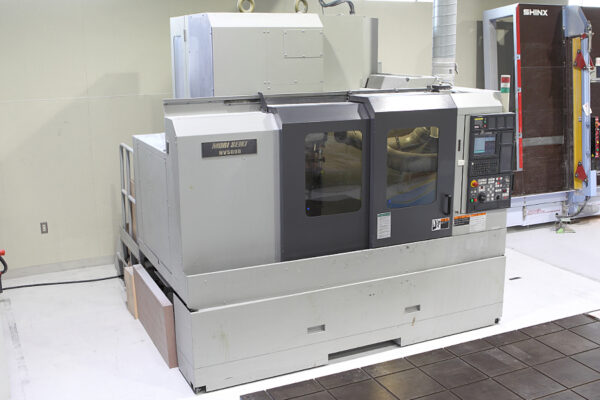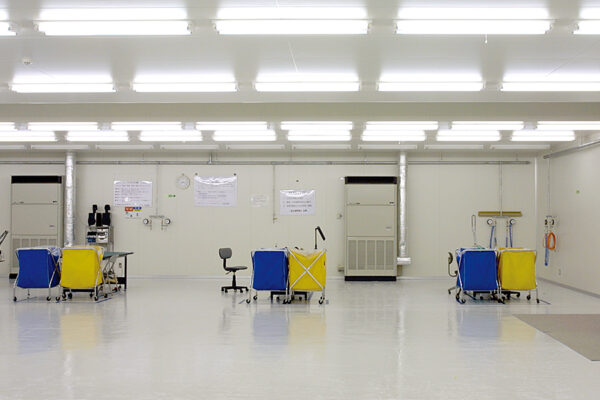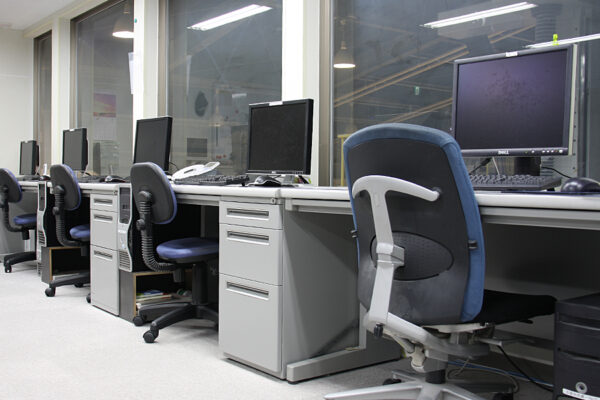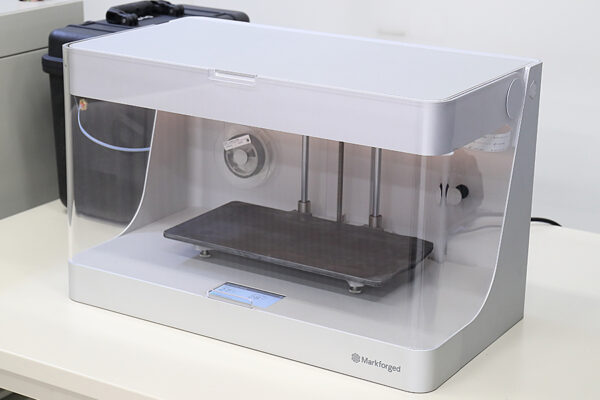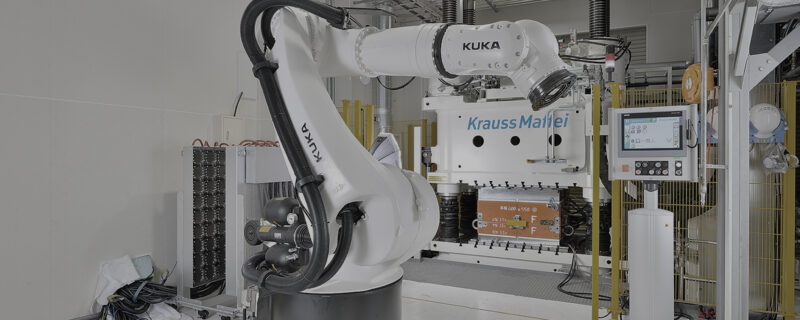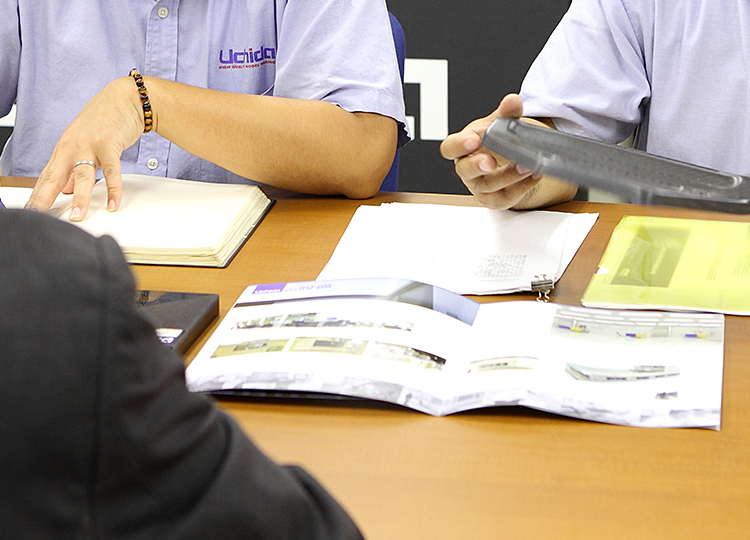Introduction
Popular media and articles on automobiles, airplanes, or other vehicles often use the words carbon, CFRP, composites, or weight efficient materials. You may even see them being introduced as lightweight and strong substitutes for metals. But what are these materials?
![]()
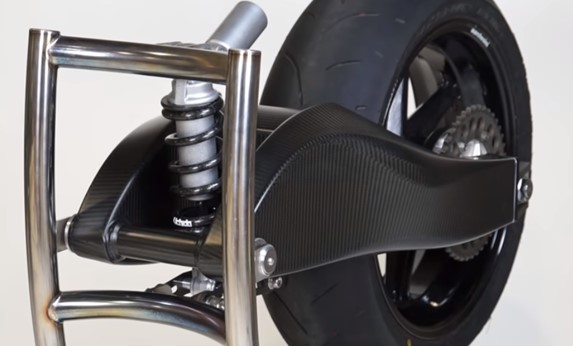
Overview
As the name suggests Carbon Fiber Reinforced Plastic (CFRP) is a plastic polymer which has been blended with fortifying carbon fibers. Fiber Reinforced Plastic, or FRP, is a more general category and includes varying types with different kinds of fiber. C in CFRP stands for carbon fiber, G is for glass fiber, and A is for aramid. In this issue, we will discuss CFRP, its features, and its applications and uses.
Carbon Fiber Characteristics
We will begin by discussing composite materials.
Composite Materials
A composite material is a material composed of two or more different materials with properties not obtainable with a single material. Reinforced concrete, for example, is a composite material whereby the concrete is reinforced with steel bars to improve tensile stress. With fiber-reinforced plastics (FRP), the plastic is fortified with carbon fibers and other materials to produce added strength and properties not exhibited in pure plastics, allowing us to create structures that are far lighter and stronger. While the term “composite” is a less familiar technical jargon, the technique that has been around for a long time.
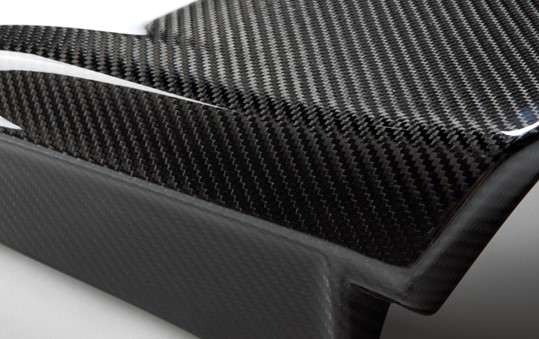
Classification
Carbon fibers are broadly classified into two types according to the raw materials used.
PAN-based
PAN(Poly-acrylonitrile)-based carbon fiber is produced from acrylonitrile through a series of processes; PAN fiber synthesis, flame retardant treatment, carbonization, graphitization, surface treatment, and sizing. It is predominantly used in structural parts for automobile and aircrafts.
Pitch-based
Pitch-based carbon fiber is composed from coal, petroleum, and coal tar by-products (pitch) through a process of carbonization, surface treatment, and sizing at high temperatures. It is mainly use for industrial-use robot arms and synthetic satellite components.
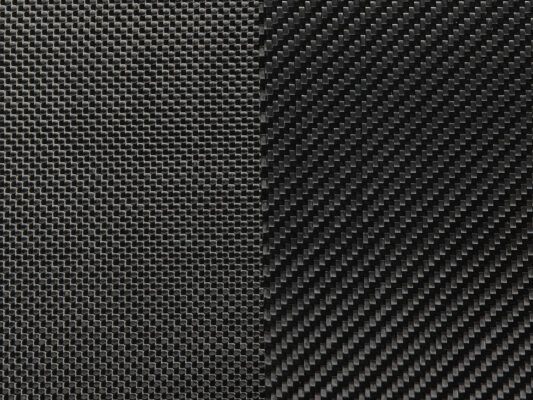
Resin Characteristics
Resin used as a matrix has two key characteristics which we will discuss below.
Thermosetting Resin
As the name suggests, thermosetting resins are resins that react and harden (cure) when heat is applied. Resins such as polyester, epoxy, phenol, bismaleimide, cyanate, and polyimide are selected and used according to the heat resistance and properties required for the product.
Thermoplastic Resin
Thermoplastics are resins that soften when heated and solidify when cooled—similar to chocolate. Resin types, such as general engineering plastics (PP/PA/PC/TPU) and super engineering plastics (PEI/PPS/PEEK/PEKK) are selected and applied according to the properties required for the product.

Properties/Physical Characteristics
Now that we have covered the material, let’s delve deeper into the unique properties and physical characteristics of CFRP.
Anisotropic Material
In anisotropic materials, strength values vary according to the fiber orientation. Therefore, material design to determine the optimal fiber orientation, type, and volume, is essential to producing both strength and performance.
Highly Heat-resistant
As carbon fibers are carbonized and formed at temperatures exceeding 1,000°C, the heat-resistant level is defined by resin used as the matrix.
Low Specific Gravity
The 1.5-1.7g/cm3 specific gravity exhibited by CFRP clearly demonstrates its superiority to metals in regard to weight reduction, giving due credit to the attention it is receiving.
Superb Strength and Elasticity
CFRP has a wide tensile strength range of 3,000-7,000 MPa and tensile modulus range of 50-900 GPa, depending on the fiber used. It therefore offers superior flexibility for custom designing according to needs and application. This is one of CFRP’s main characteristics.
Dimensional Stability
Resin assumes a low thermal expansion coefficient. While resin used as a matrix has a thermal expansion coefficient on the positive, carbon fiber has a thermal expansion coefficient on the negative. Thus, the type and orientation of the carbon fibers permits a zero thermal expansion, offering possibilities not achievable with non-composite pure plastics.
Other Characteristics
As listing all the merits will drag on, we’ve created a short list of its other characteristics.
Non-rusting, vibration damping, conductivity, fatigue properties, X-ray transmission properties etc.
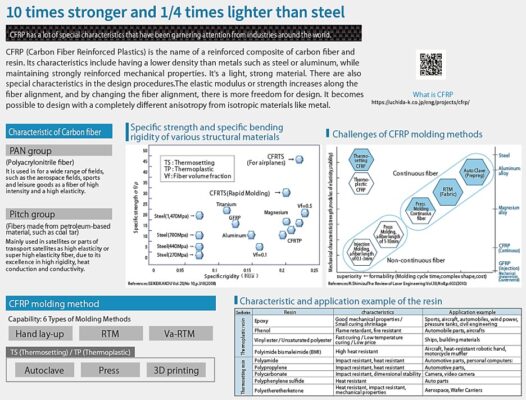
Applications
So far, we have discussed the key characteristics of CFRP. Now let’s next look at its applications and case studies.
Aircrafts
The body of the widely used Boeing 787 commercial aircraft is largely constructed with CFRP, accounting for approximately 50% of its total body weight. By significantly reducing the body weight, aircrafts are expected to operate more efficiently on long-haul routes, with better fuel efficiency and higher cruise speeds than conventional aircrafts.

Automobiles / Bicycles
CFRP is primarily used in racing vehicles and parts (F1 and GT) in the automobile and motorbike industry. In a competitive word where 0.01 second can mean the difference between winning or losing, weight reduction is a key dividing factor.
For automobiles on public roads, CFRP parts are widely used as structural parts for supercars such as Lamborghini and Lexus LFA. However, for mass-market cars, CFRP parts are generally only used as optional parts (hood, roof, and rear spoilers, etc.). The reality is that CFRP still faces many challenges in mass-production and production cost efficiency.

Sports and Leisure Goods
When it comes to the leisure and sports, CFRP products are quite common. Tennis rackets, golf shafts, fishing rods, archery, bicycles, canoes, drones, radio-controlled vehicles, baseball bats, and other products that take advantage of CFRP all offer a first-hand experience of CFRP’s unique characteristics in various situations. Recent increases in demands for mountain climbing and camping products has seen further growth in lightweight products created with CFRP.
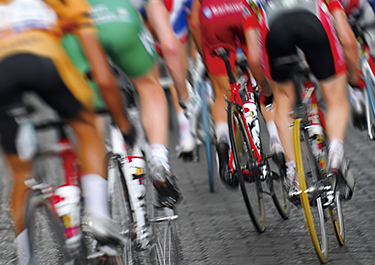
Summary
This issue covers the features and applications of CFRP. As an advanced material specifically engineered to exhibit enhanced properties, detailed data is limited and often hard to fully grasp. Broadly speaking, it is a “lightweight, strong, and non-corrosive” material with numerous advantages. However, despite these benefits, CFRP application is limited by complex manufacturing processes and high material costs. When adopting CFRP, we urge you to consider its advantages and disadvantages side-by-side.
Related useful contents
You can explore related content by clicking on a topic of interest.
ABOUT UCHIDA - 55 years since our founding
We leverage a wealth of technical expertise as a CFRP molding and processing manufacturer using FRP, GFRP, and CFRP materials. We offer a one-stop solution, encompassing design, analysis, manufacturing, secondary processing, assembly, painting, quality assurance, and testing.
UCHIDA's equipment
We have cutting-edge equipment to ensure that we can address even the most advanced challenges of our customers.
Video Library
In the following video, we provide a detailed overview of our manufacturing process. Please feel free to watch and learn more.


